The middle of a novel is the hardest, isn't it?
An exciting beginning is usually where our inspirations happens.
Then we imagine some dramatic, overcoming ending and well... what a great story, right?!
But how do we get there? How do we keep the journey going strong in the middle?
Because a strong middle, or core, is KEY to any great novel.
Like the human body, a strong core is key to the well-being of the head and feet. ;)
A strong core is key to the beginning and end of your novel.
Here are a few ways to strengthen your novel's core.
Strong
External Journey. The story has to be
about going for something tangible! An obtainable goal.
In the movie, "The Proposal" Margaret Tate needs to keep her job. Her solution is to marry her assistant. If she doesn't marry Drew, her career, her life, her very existence is over.
In the movie, "The Proposal" Margaret Tate needs to keep her job. Her solution is to marry her assistant. If she doesn't marry Drew, her career, her life, her very existence is over.
Your protagonist
must want something more than “revenge” or “marriage and family.” Or “safety.” They
have to want something physical. Something external.
Make sure your protagonist has a strong external goal that is tied to the internal goals and motivations.
Story
layering. Create a story layer that pushing against the protagonist. What is keeping the protagonist from getting what she wants? Create characters who want the opposite of your protagonist. Give them the power to hinder her.
Back to The Proposal. Drew doesn't want to marry Margaret. He is keeping her from easily achieving her goal.
Meanwhile. Drew's relationship with his father is the story layer that creases emotional obstacles for him. This layer also allows Margaret to peek in to his life and
begin to have feelings for him. It exposes a wound in Drew’s past and why he’s
stuck out a his horrible job as Margaret's assistant.
Cause
and Effect. Create a tangible, visible EVENT to show the character's change. Change must happen in a viable scene. Use the power of scenes to show! This also draws in your readers emotionally.
Avoid "telling" us the characters are doing something off stage that impacts the characters goals or emotions Show us.
Drew's relationship with his father is meaningless unless we "see" their conflict in a scene. If Drew merely said, "Dad and I don't get along." the emotional power is wasted.
Also, we see Drew is a man of integrity. So even when he’s given a final opportunity to back out of
the fake marriage, he refuses. “A deal is a deal.” So we understand why he
doesn’t dump Margaret right then and there.
Use an event to push your characters toward confession Use the power of scenes again to show the reader why your hero and heroine finally confess love. Or how your FBI agent discovers the key to a tough case.
Avoid having your characters decide or learn something "out of thin air." In other words, if they are visiting an aunt at her home and all they do is reminisce about the old days, then the next scene shouldn't be, "John figured out a key to this tough case."
How did he do that? When? Where? So really build your "core" on those scene blocks.
Secondary Characters. Adding fun secondary
characters really helps strengthen the middle of your novel.
Drew’s family is the humor and mirrors of truth, along with his ex-girlfriend
Gert, in The Proposal. All of these secondary characters reveal who Drew is and why, and who he
wants to be.
I
always use the family and friends of the protagonists to add layers.
Every Character Must Have a Problem. Every? Yep. With the exception of a walk on with little
or no dialog. Why should ever character have a problem?
Because in those sequel scenes or mulling moments, a secondary character with a problem adds tensions to the protagonist. Their problem could also be a reflector of the story theme or the problem with the protagonist.
The TV show Castle uses this method a lot. Castle and Becket, or Castle and his daughter or mother, will have a side issues that usually brings some clue or light to the main problem they are trying to solve.
The problem between The Proposal's Drew and his parents adds tension. The local guy, Ramon, an outsider trying to fit in is reflective of the story's theme. Ramon tries to be all things to all people. Very subtle but real symbol.
Ramp up the dialog. This is so key. But you can’t do this unless you have the foundation of
“What does the protag want?”
“What
is this story about?”
Dialog
must be more than “yes” “no” “okay” “I don’t know" or "Hi" or "Want to get some coffee?"
Dialog helps YOU discover elements of the story you didn't know before. Dialog allows the characters to breath, live a little, and talk to YOU.
Dialog helps YOU discover elements of the story you didn't know before. Dialog allows the characters to breath, live a little, and talk to YOU.
I have a motto: TELL
THE STORY BETWEEN THE QUOTES.
Put valuable information in dialog rather than prose. Give the characters information to respond and react to instead of just telling it to the readers "on the side."
For example, if you introduce two characters who have a past together, don't tell the reader in prose. Use dialog to introduce their tension.
When Gabe walked into the room, Mike stood, shoulders back. "When did you get back in town?"
"Nice to see you, too, Mikey ole boy."
He hated when Gabe called him Mikey. "You know she still won't see you."
"How do you know I came to see her?"
"Because she's the only reason you'd come to town."
"To see my wife?"
"No, to see mine!"
So, perhaps Mike is married to Gabe's ex? Don't put that info in prose, use dialog. Use the character's history with one another.
Strengthen that middle!
Even
if you’re having a tender moment, recalling their happiest memory, put their
thoughts and feelings into dialog. I’ve seen a lot of good stuff that informs
the reader of what the protag is feeling but it's "outside the quotes." Use memories and back story in dialog to connect characters to characters and thus readers to your characters and story.
With a love for teaching and mentoring, Rachel comes alongside writers to help them craft their novels.
She serves on the Executive Board for American Christian Fiction Writers and leads worship for their annual conference. At the fall conference in Indianapolis, she was named ACFW 2013 Mentor of the Year.
She is also the Book Therapist for My Book Therapy.
She lives in Florida, where she is also a worship leader, with her husband and mini schnauzer.
Her novel, The Wedding Dress, was named Romantic Times Inspirational Novel of the Year. Her latest release, Once Upon A Prince, earned starred reviews from Booklist and Publisher's Weekly.
Visit her at www.rachelhauck.com




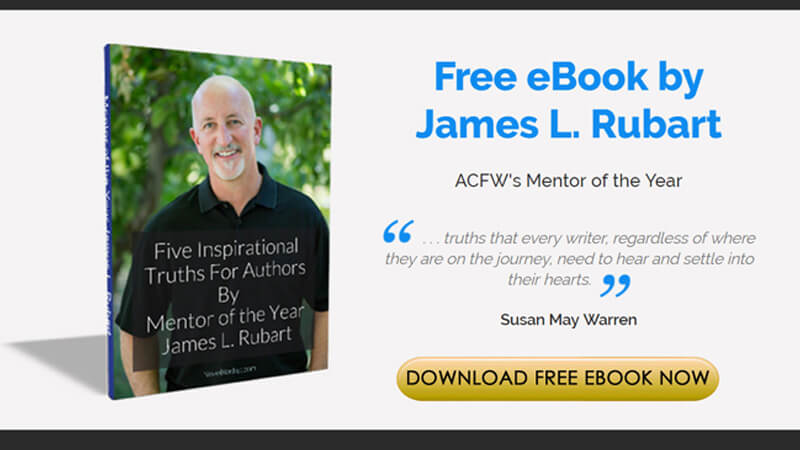

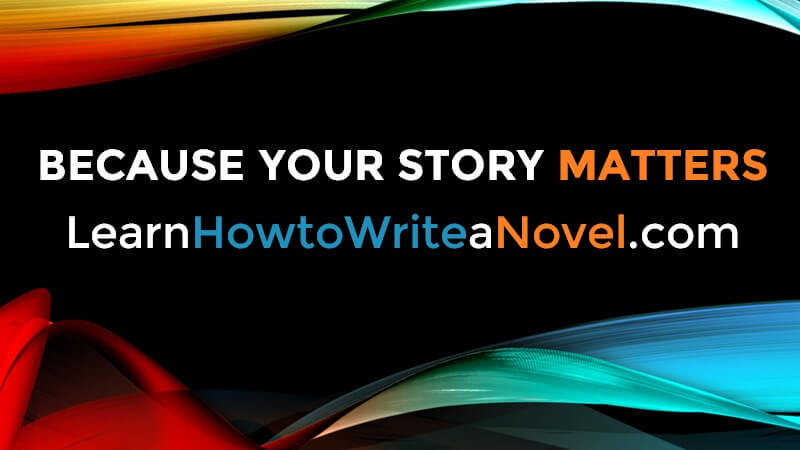
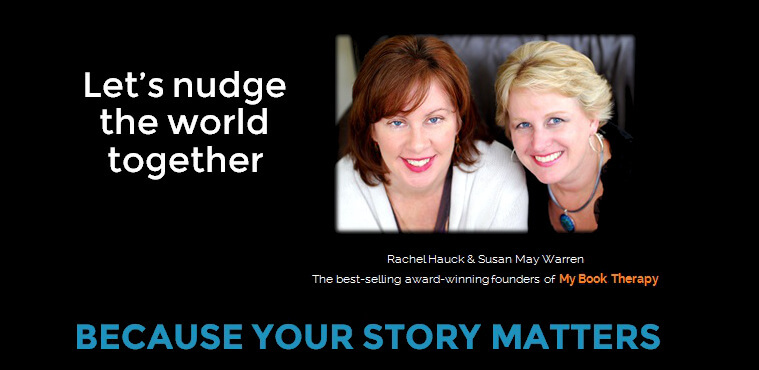
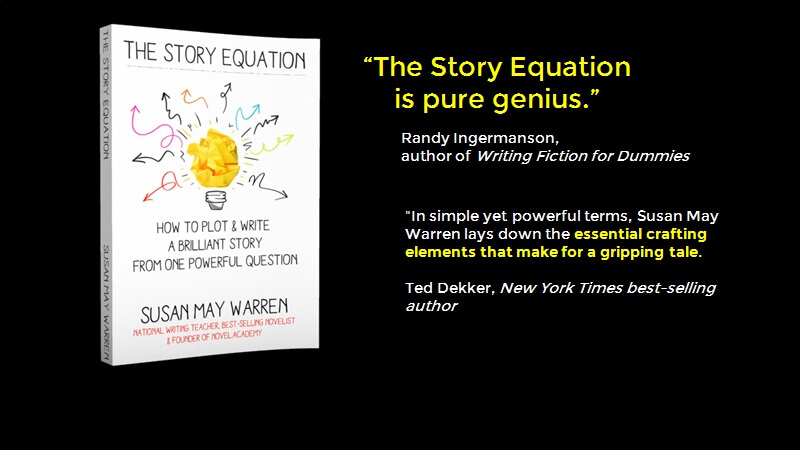


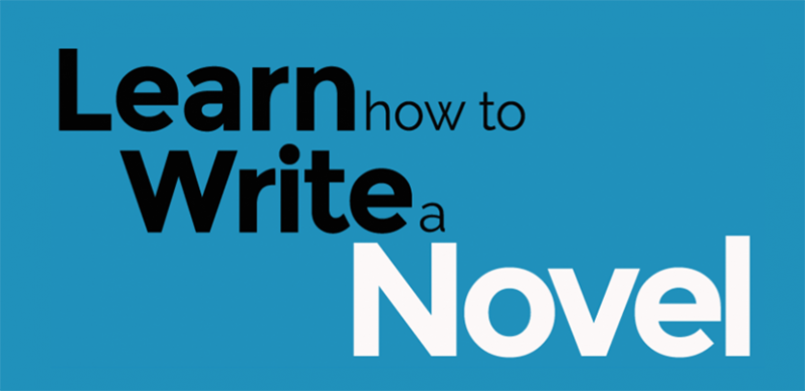


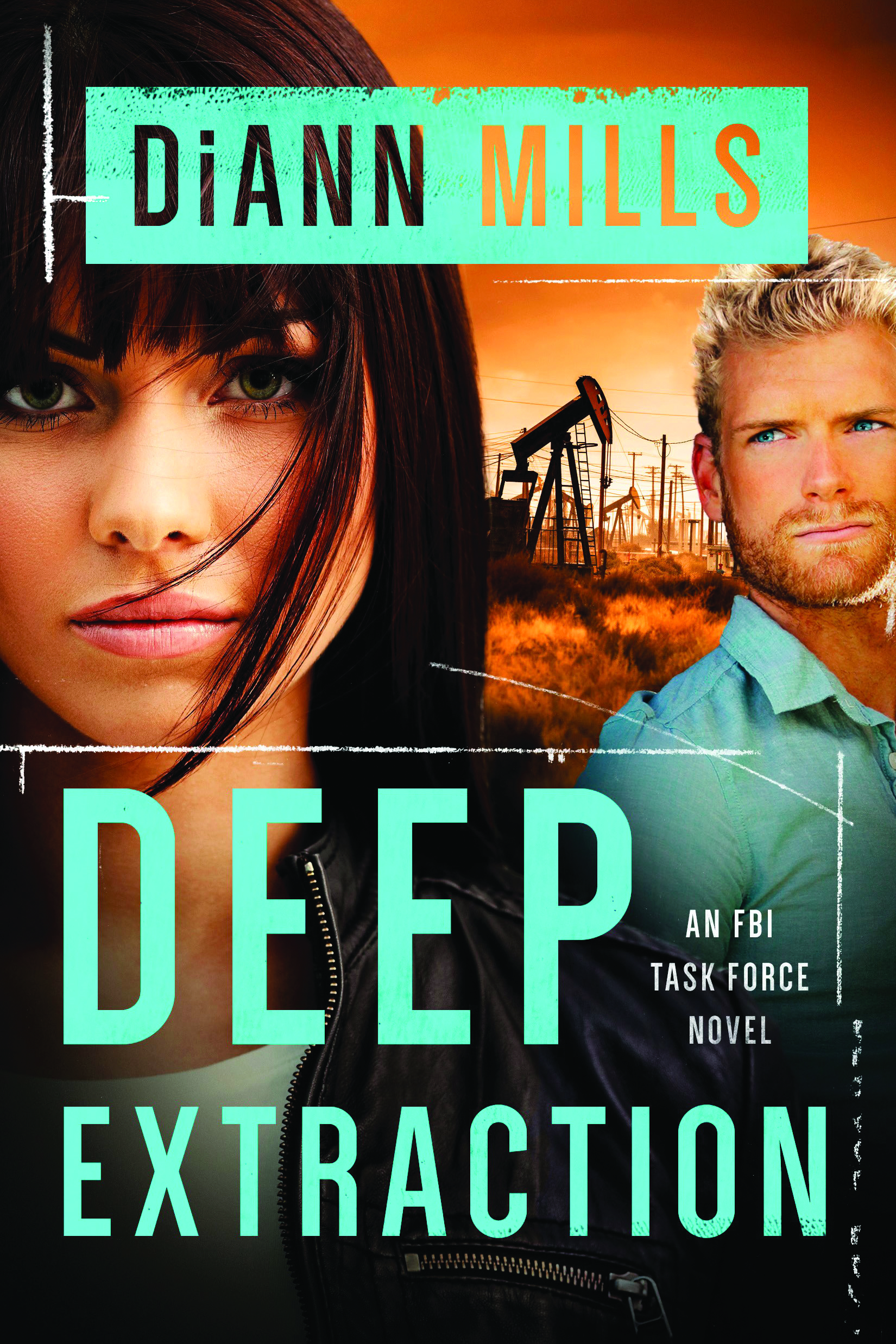
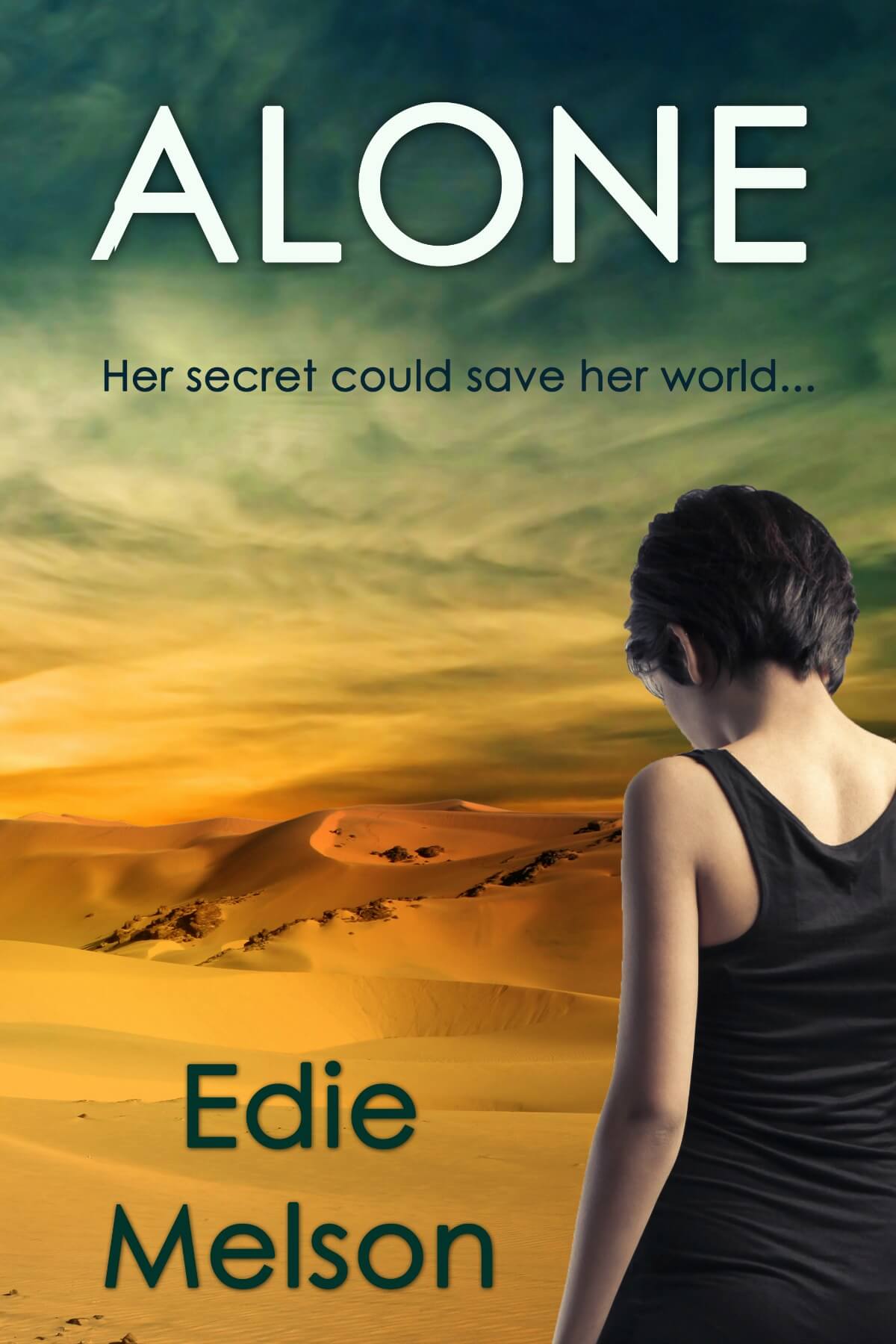









As always, you give us good useable tips, Rachel! I love what you said about put the story between the quotes. We have to RUE (Resist the Urge to Explain) those bits in dialogue that let us know there's backstory in there.
ReplyDeleteIt also create a bit of mystery about the story that drive the reader on to discover the answer. :)
RUE is a bit different, to me, than tell the story between the quotes. Yes, we want to put pertinent detail in dialog, but don't let the dialog "explain" either. Like, "So Mike, you know we've been having a problem with the computer, you know the one we bought last week from Best Buy, and if we can't get the program to load, will miss our deadline and as you know, that will prevent us from getting the contract we need to stay in business."
DeleteLOL. We've seen that though, haven't we?
We also see it in prose.
That information is what the scenes should be set up to SHOW! rather than tell.
BUT, you know this stuff, Pam. My fingers are running off at the finger tips. LOL
Yeah, I love that you reminded us to tell the story between the quotes as well. Thanks for sharing your wisdom with us, Rachel!
ReplyDeleteYou bless me Reba!
DeleteGreat post. Thanks.
ReplyDeleteThanks Marcia!
DeleteOh, every character must have a problem. That's something I hadn't considered before. My sagging middle might be a lot less ... well, saggy, now. Thank you for teaching me something new today, Rachel.
ReplyDeleteHeidi, glad to help. The every character has a problem is just a way to keep tension taunt even in the low tension scenes.
ReplyDeleteRachel
This was great - but it was at least 8 tips, not 5! I love the tip on dialogue - something I'm working on in my current scene. I also like that "every character must have a problem". It's got to be hard to keep track of all those lines of contention!
ReplyDeleteGreat article, Rachel! I,too, will keep in mind that every character needs a problem as I write. Loved "Once Upon a Prince," by the way. Thanks.
ReplyDeleteGreat post, Rachel! I needed this as I begin writing a new series. I know where I'm starting and where I want to end up, but the getting there is the problem. Some wonderful tips that I've saved to the file for the new series.
ReplyDelete